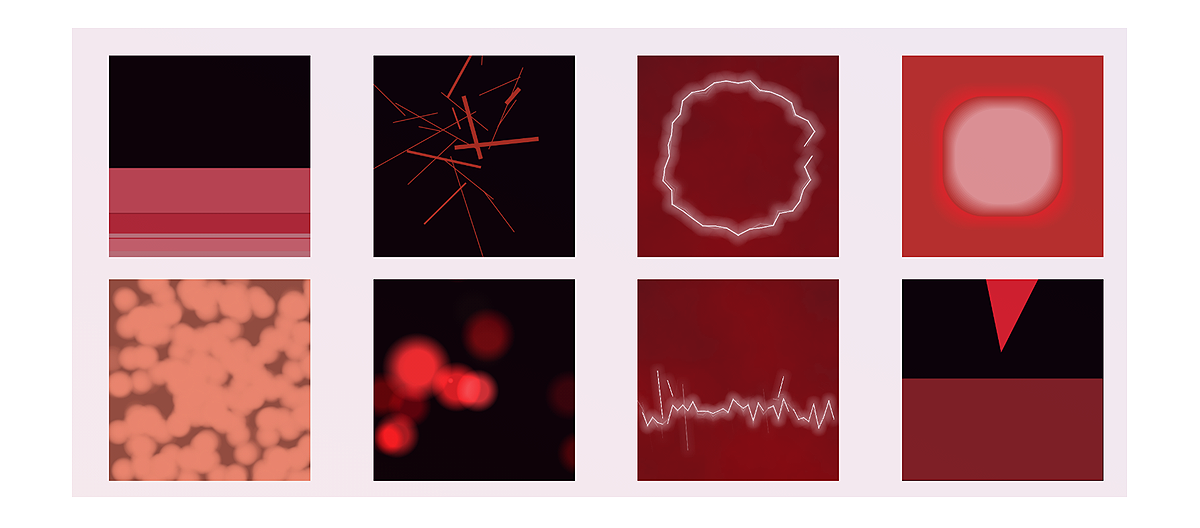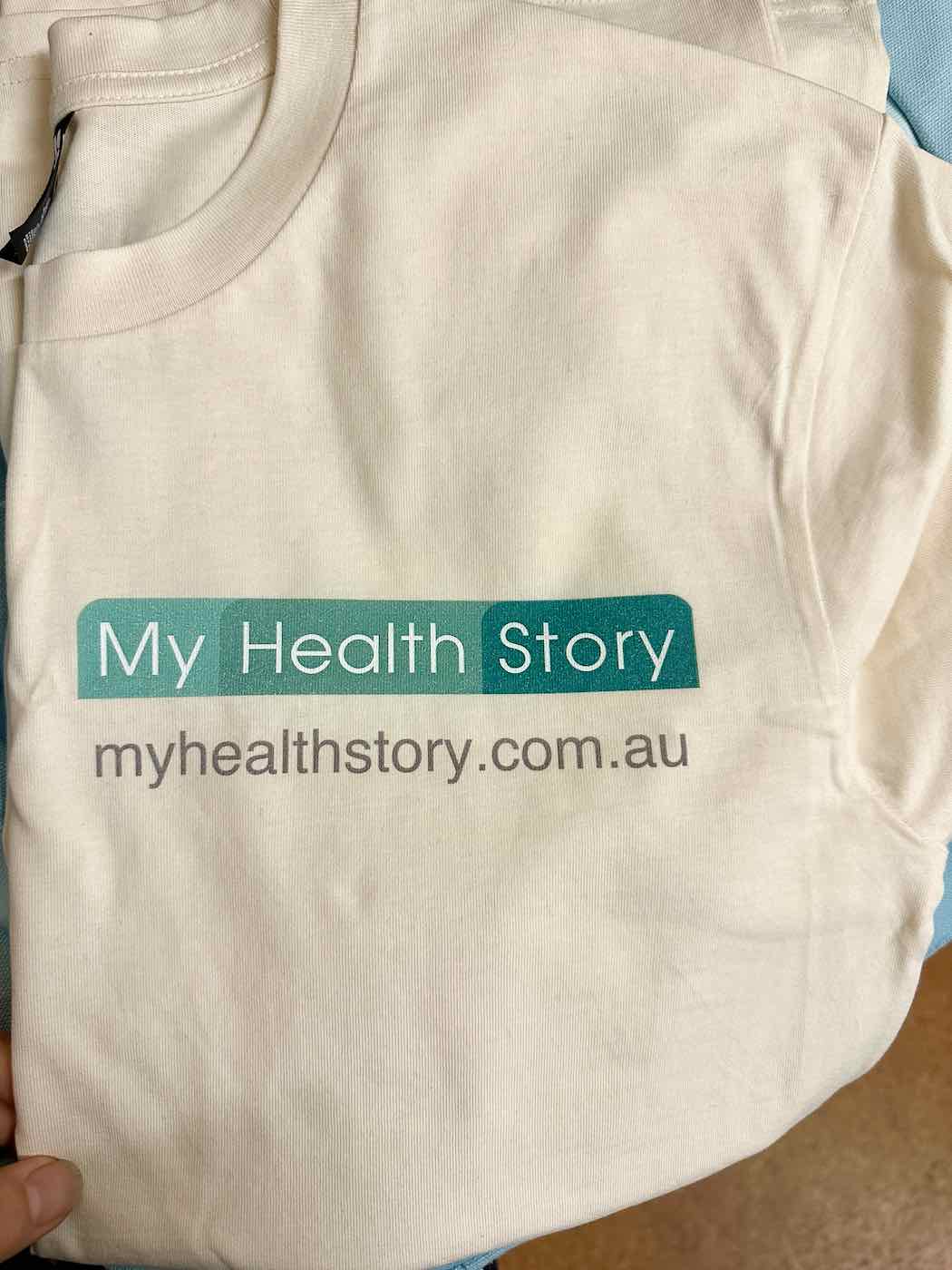A Novel Method for Digital Pain Assessment Using Abstract Animations: Human-Centered Design Approach published on 7.1.2022 in Vol 9, No 1 (2022): Jan-Mar.
Authors of this article: Nema Rao, Sophy Perdomo, Charles Jonassaint
‘Successful medical care depends on effective communication between patients and clinicians regarding the patients’ health symptoms and the most appropriate therapeutic path [35]. Providers are unable to deliver quality medical care when they lack the tools to appropriately assess or interpret patient symptoms that are critical to diagnosis and treatment. This is especially true for the assessment and treatment of pain.’
This is a member publication of University of Pittsburgh, Internal Medicine: Center for Behavioral Health, Media, and Technology, Pittsburgh, PA
Preprints (earlier versions) of this paper are available at https://preprints.jmir.org/preprint/27689, first published February 04, 2021.
Abstract
Background
Patients with chronic pain face several challenges in using clinical tools to help them monitor, understand, and make meaningful decisions about their pain conditions. Our group previously presented data on Painimation, a novel electronic tool for communicating and assessing pain.
Objective
This paper describes the human-centered design and development approach (inspiration, ideation, and implementation) that led to the creation of Painimation.
Methods
We planned an iterative and cyclical development process that included stakeholder engagement and feedback from users. Stakeholders included patients with acute and chronic pain, health care providers, and design students. Target users were adults with acute or chronic pain who needed clinical assessment and tracking of the course of their pain over time. Phase I (inspiration) consisted of empathizing with users, understanding how patients experience pain, and identifying the barriers to accurately expressing and assessing pain. This phase involved understanding how patients communicate pain symptoms to providers, as well as defining limitations of current models of clinical pain assessment tools. In Phase II (ideate) we conceptualized and evaluated different approaches to expressing and assessing pain. The most promising concept was developed through an iterative process that involved end users and stakeholders. In Phase III (implementation), based on stakeholder feedback from initial designs and prototypes of abstract pain animations (painimations), we incorporated all concepts to test a minimally viable product, a fully functioning pain assessment app. We then gathered feedback through an agile development process and applied this feedback to finalizing a testable version of the app that could ultimately be used in a pain clinic.
Results:Engaging intended users and stakeholders in an iterative, human-centered design process identified 5 criteria that a pain assessment tool would need to meet to be effective in the medical setting. These criteria were used as guiding design principles to generate a series of pain assessment concept ideas. This human-centered approach generated 8 highly visual painimations that were found to be acceptable and useable for communicating pain with medical providers, by both patients with general pain and patients with sickle cell disease (SCD). While these initial steps continued refinement of the tool, further data are needed. Agile development will allow us to continue to incorporate precision medicine tools that are validated in the clinical research arena.
Conclusions:A multiphase, human-centered design approach successfully resulted in the development of an innovation that has potential to improve the quality of medical care, particularly for underserved populations. The use of Painimation may especially benefit the medical care of minority populations with chronic and difficult-to-treat pain, such as adults with SCD. The insights generated from this study can be applied to the development of patient-reported outcomes tools that are more patient-centered, engaging, and effective.
JMIR Hum Factors 2022;9(1):e27689

